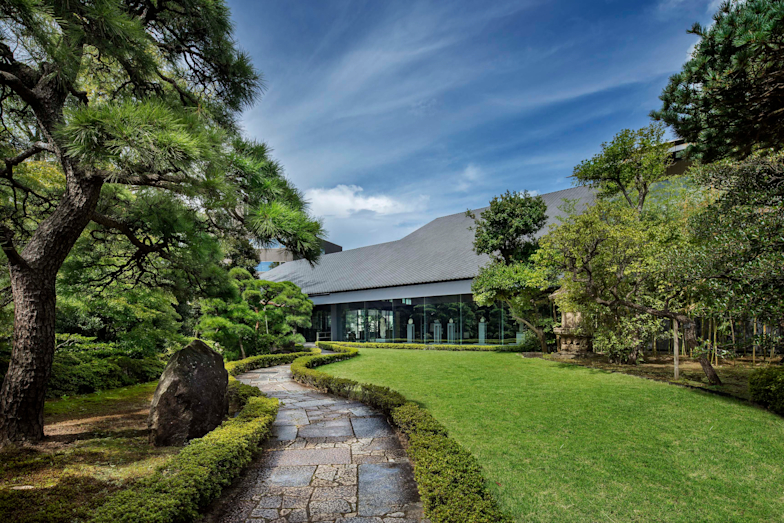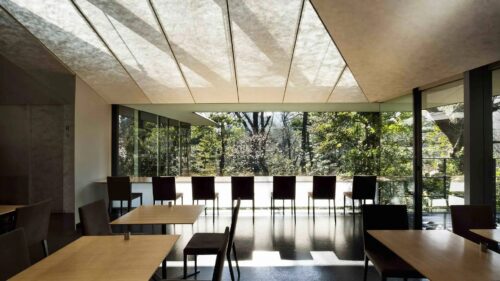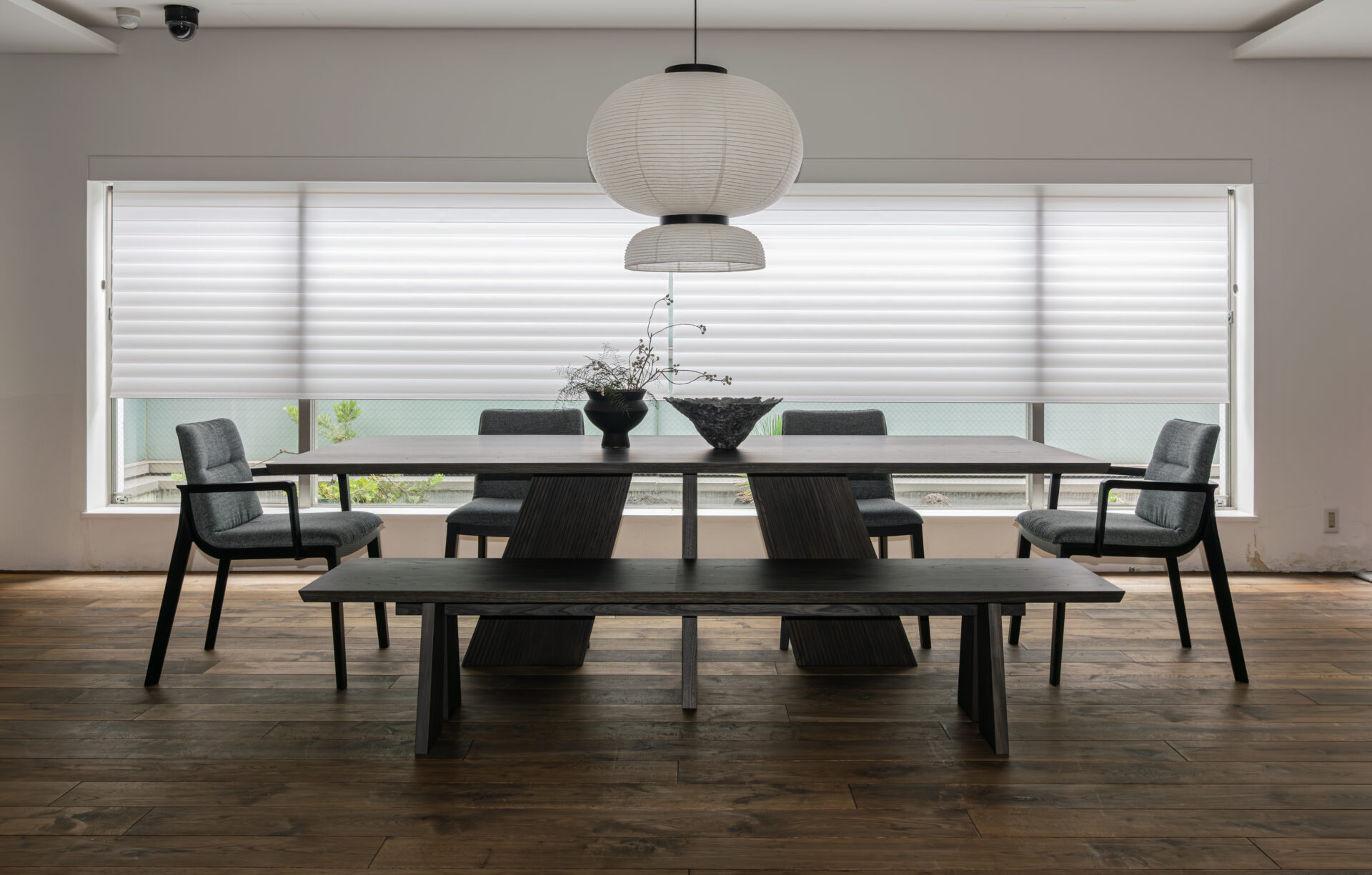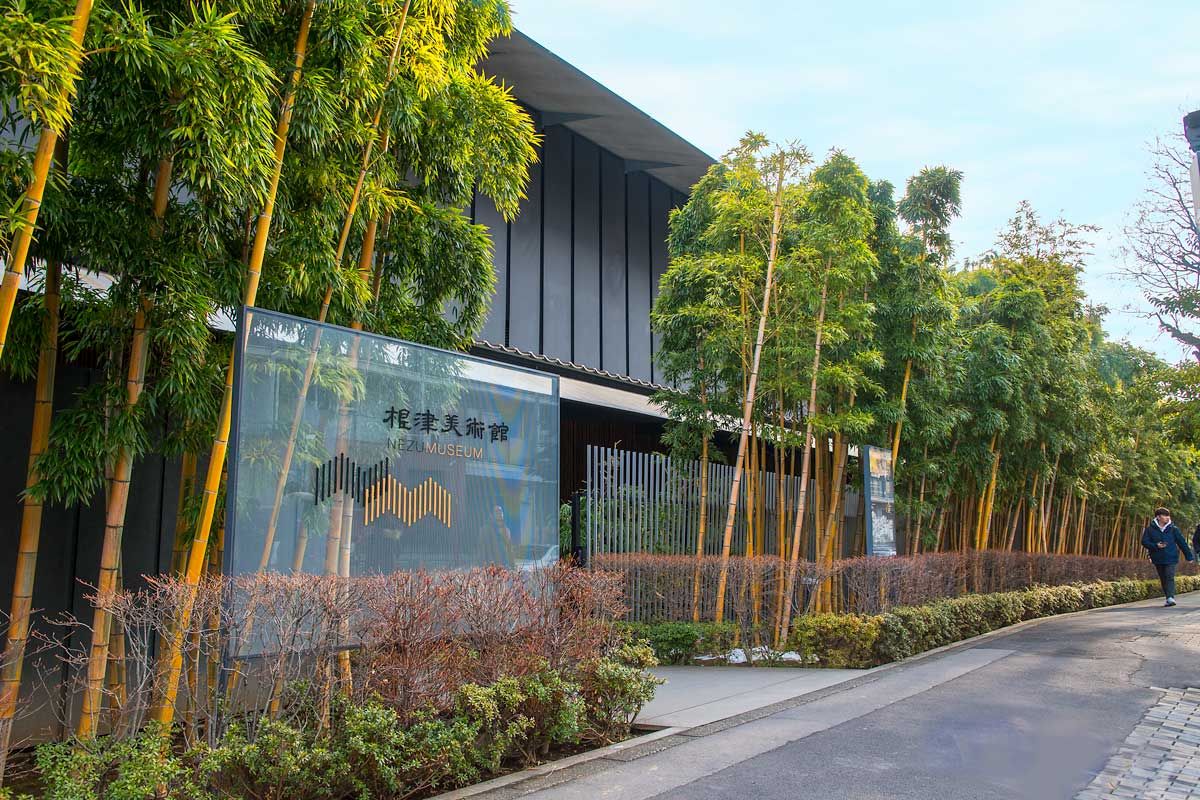Getting Pulled into Kengo Kuma’s Spell
Step out of Omotesando Station and you’re ready for fashion runways and overpriced lattes. But walk for ten minutes, and—plot twist—you’re suddenly in a Zen bubble. Welcome to the Nezu Museum, where Tokyo’s chaos politely takes a seat outside.
The entrance feels like a movie trailer for what’s inside. Designed by Kengo Kuma, the building is a masterclass in calm modernism. Glass and wood filter the sunlight so softly you half expect a monk to hand you a matcha latte at the gate. Inside, the collection commands silence (and not just because the security guards would like it that way). On my visit: calligraphy, tea utensils, and bronze vessels.
- Calligraphy? My brain had nothing smarter to say than, “Wow… tidy handwriting.” Still, the elegance was undeniable.
- The bronzes, though—absolute scene stealers. Mostly from the Shang Dynasty, they were equal parts power and detail. Looking at them, I couldn’t help thinking, “Did ancient craftsmen have KPIs? Because their quality control was ruthless.”
Suddenly, history textbooks weren’t just flat pages—they had weight, shine, and swagger.

A Garden and Café from Another Timeline
Exit the galleries and step into the gardens, and Tokyo does its favorite trick: reminding you it contains multiverses. Paths snake through tea houses, every angle looks as if a postcard of Japan suddenly turned real.
Seasons change the script—autumn means flaming maples, summer means lush greens. But a warning: summer also means “bronze statue cosplay” as you melt in the sun. And then there’s NEZU CAFÉ, the ace card. Three glass walls, garden views that feel unfair, and desserts that convince you portion sizes are a social construct. Sure, the menu leans light, but with that scenery, even a single cookie feels Michelin-starred.
Pro tip: it’s always crowded. If you want that coveted window seat, summon your samurai spirit and line up at opening time.
Why Solo Visits Win
This is one of those places best experienced solo. Bring a friend only if you’re comfortable saying, “See you at the exit.” The exhibits deserve focus, and the gardens… well, they deserve your undivided Instagram stories. And yes, it’s worth repeating. Exhibitions rotate, the gardens reinvent themselves every season, and each visit feels like a new chapter. My plan? Return on a quiet weekday morning and finally graduate beyond “Wow, neat handwriting” when looking at calligraphy.


Extend the Experience at CondeHouse Tokyo
Here’s the insider hack: if Nezu Museum fills you with serenity but leaves you thinking, “Okay, but can I sit on it?”, walk a few blocks to CondeHouse Tokyo.
Where Nezu whispers cultural calm, CondeHouse offers design you can touch, sit in, and maybe even fall asleep in (we won’t judge).
- Touch test: Run your hand over solid Hokkaido wood—you’ll instantly understand why Japanese craftsmanship is basically a love letter in timber.
- Sit test: Our chairs are so comfortable you’ll start plotting how to explain their sudden appearance in your living room.
- Design whisperers: Our consultants are on hand, guiding you like friendly tour guides through the maze of beauty and function.
Think of it as a double feature: first, ancient artistry and peace at Nezu; then, modern and timeless craftsmanship you can actually live with at CondeHouse.
Final Thoughts
Nezu Museum is a portal. Step through it, and you get Kuma’s architecture, art that humbles, gardens that look suspiciously like paintings, and a café that spoils you.
And when you’re done, CondeHouse Tokyo extends the journey—from admiring serenity to literally taking a seat in it. My review ? Four stars. Why not five? Because I need an excuse to go back, “research” more desserts, and finally master the difference between a Shang bronze and a fancy incense burner.


Shungo Ijima
He is travelling around the world. His passion is to explain Japan to the world, from the unique viewpoint accumulated through his career: overseas posting, MBA holder, former official of the Ministry of Finance.

